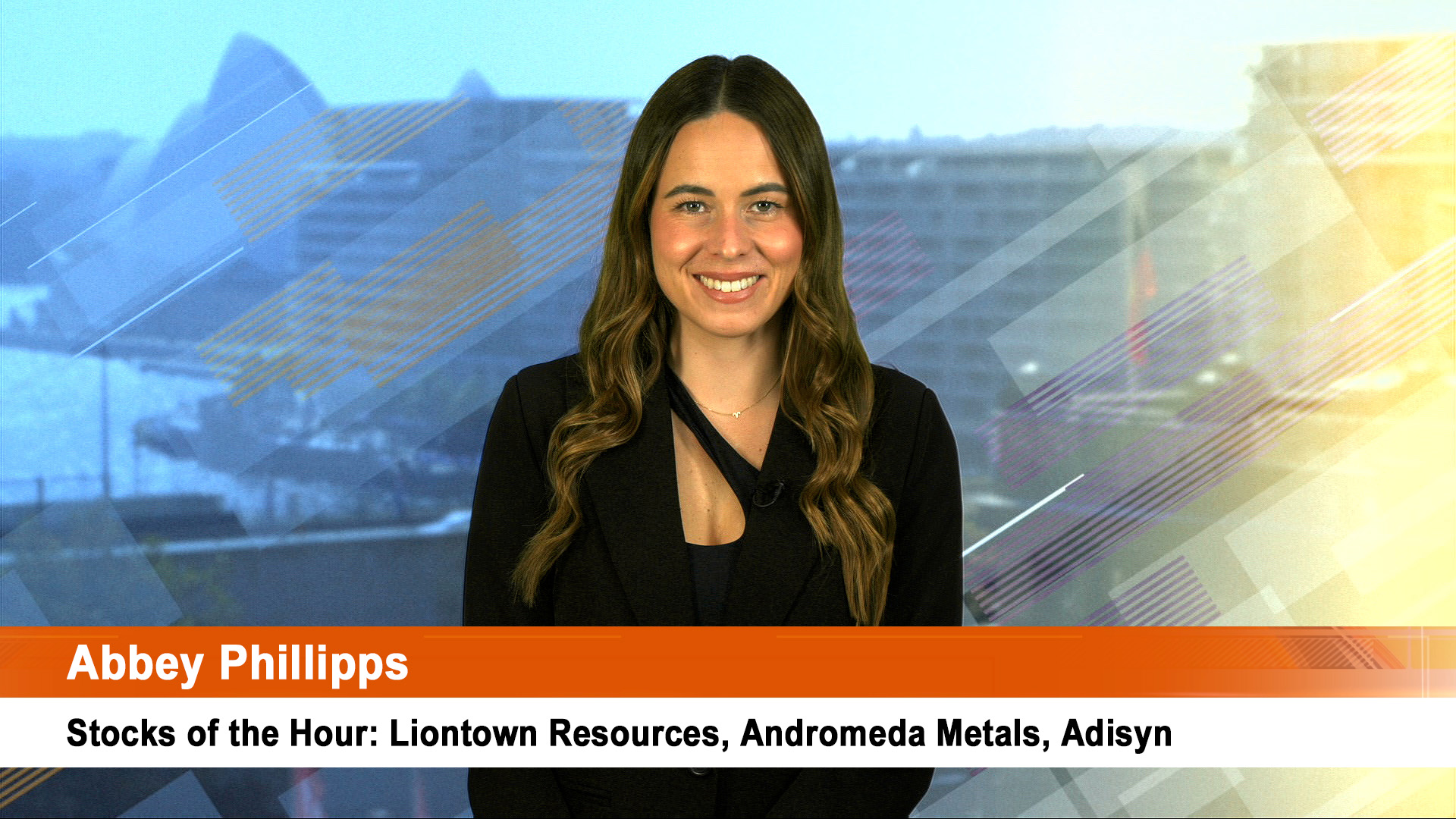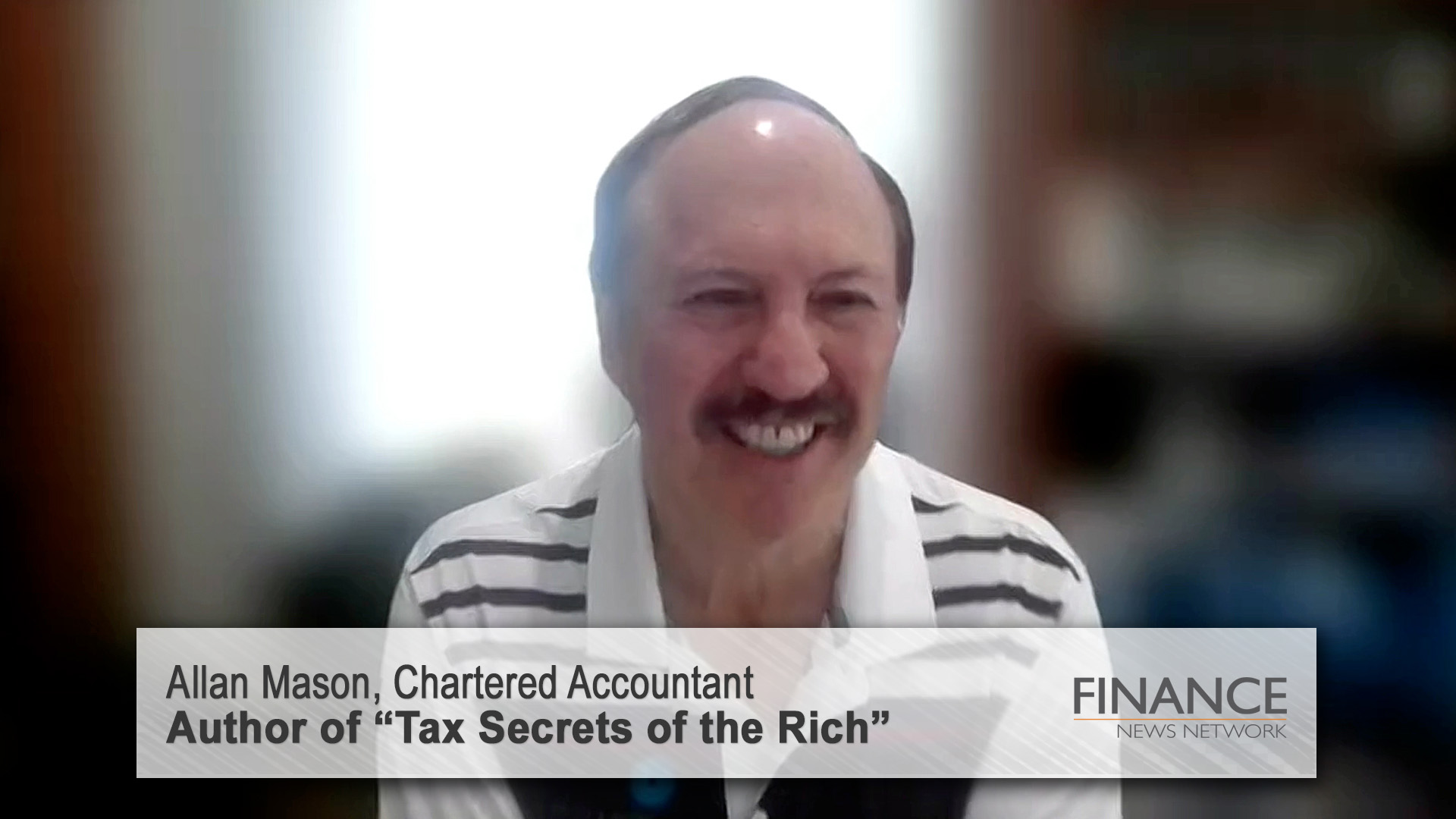
The US Federal Reserve cut its key Federal Funds rate 0.25% to 2% and suggested it will sit for a while after getting more bad news yesterday on the state of the country’s housing sector.
Analysts said the cut of 0.25%, the 7th since last September, was as expected and the Fed will now see how the economy is going, if activity slows any further from the sluggish first quarter pace, and the impact of moves like its support for the banking system, and the payment of the tax rebate from this week.
The Fed’s statement repeated earlier comments about how rate cuts up to this point should help to spur the economy and lessen the risk of a downturn. But it didn’t contain the phrase "downside risks to growth remain."
That was seen as a signal to the markets that the Fed believes the pressure on markets has eased in the wake of its bailout of Bear Stearns and measures to flood the system with liquidity.
The Fed added a new comment as well that "uncertainty about the inflation outlook remains high" leading some analysts to speculate that the Fed was no back on its preferred inflation watch and would not cut rates for some months.
At the same time the first estimate of US economic growth in the March quarter showed no change from the sluggish fourth quarter of 2007. GDP rose at an annual rate of 0.6%, thanks to strong exports and a sharp build up in business inventories.
The figures suggested inflation was easing a touch, housing continued to drag the economy lower and consumer spending was still advancing; rising 1% in the quarter, but sharply down on the 2.3% rise in the fourth quarter.
The news of the Fed move and growth figures saw Wall Street rise, then retreat to end lower, swinging through more than 178 points. it lost 132 points in the last hour of trading. Commodity prices took a pounding as the US dollar firmed a touch, then eased; oil, gold, wheat, sugar all fell. Copper rose slightly.
The Australian dollar rose around 1 US cent to trade at 94.60 before losing a third of a cent in late trading to just under 94.30 US cents.
US retailers are cranking up attempts to get customers to part with some or all of the money and while they will, it should be remembered that it will be a one off impact that trickles away.
And it will be an average $US900 per taxpayer, which will not go very far.
But retailers will be desperate to see the rebate spent, even the biggest; Wal-Mart Stores says it will cash the tax rebate cheques for no cost, and people can spend it there or at a competitors.
It and other retailers announced price cuts on staple goods such as cereal and lunch meat.
While other retailers say they will cash the rebate cheques only if people shop in their stores, Wal-Mart (the shares hit a year high of more than $US58 on Tuesday) said it didn’t care, just long as the money was spent.
Around $US100 billion of the $US152 billion total will be in the hands of consumers within the next six weeks to two months.
Some analysts reckon the rebate could add 2% to growth if all the planets align, others wonder what a few hundred dollars will do to people who face losing their homes, face rising petrol prices and possibly losing jobs.
Reuters carried a story yesterday quoting analysts as saying a rebound was ‘just around the corner’.
It could very well be, but it will have not relation to what is really happening in the US economy.
Consumers drive the US economy-accounting for around 70% of all activity.
Millions of people have either lost their house, face losing the house or have negative equity in their house and therefore are not in any position to spend money in sufficient amounts to drag the US from its current recessed state.
MasterCard said yesterday that people are using their bits of plastic far more to charge up essential purchases: a sure sign of strain among consumers.
So that noise you may have heard recently is the sound of the US economy and Wall street tumbling further into the black hole known as the housing slump
News of the accelerating slide in US housing prices is contained in the latest Standard & Poor’s/Case Schiller index.
The index of single-family shows house prices contracted by 13.6% year-on-year in February, the biggest since records began in 1987. That compares to an annual rate for the 10 city index of 11.4% in January.
The broader 20-city index fell 12.7% compared with the year to February, 2007, the biggest drop since the index’s inception in 2001. This index was falling at an annual rate of 10.7% in January, so there has been a significant acceleration in price falls.
It shows that despite confidence that the worst is over with the credit crunch and high expectations for a rebound in the economy later this year; the depression in the American housing market is intensifying, not easing.
In fact US house prices have now fallen by more over the past year than the US stockmarket: the Standard & Poor’s 500, the major index, is off around 8% since its peak late last year. US economists say house prices are now falling faster than anyone had previously thought possible and are acting like equity prices in the speed of the decline.
Monthly price declines have accelerated, with repeat sale prices in the 20-city index falling by 2.6% in February, 2.4% in January and 2.1% in December.
It makes unpleasant reading and will worry the members of the US federal reserve board which is meeting in Washington for two days and is expected to produce another interest rate cut early tomorrow.
The news will also undermine whatever reading the US Commerce Department issues for first quarter economic growth in the US: the housin













